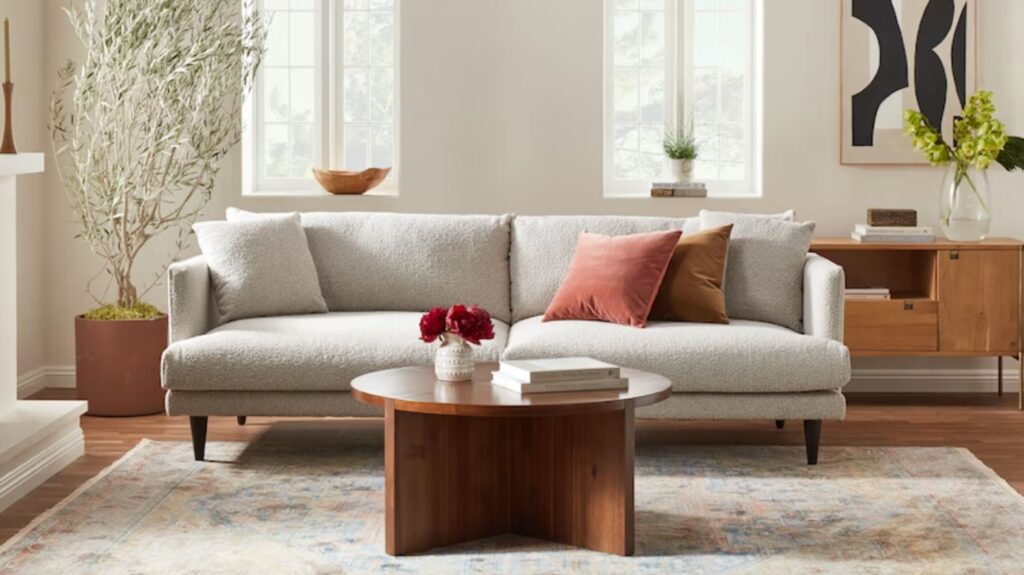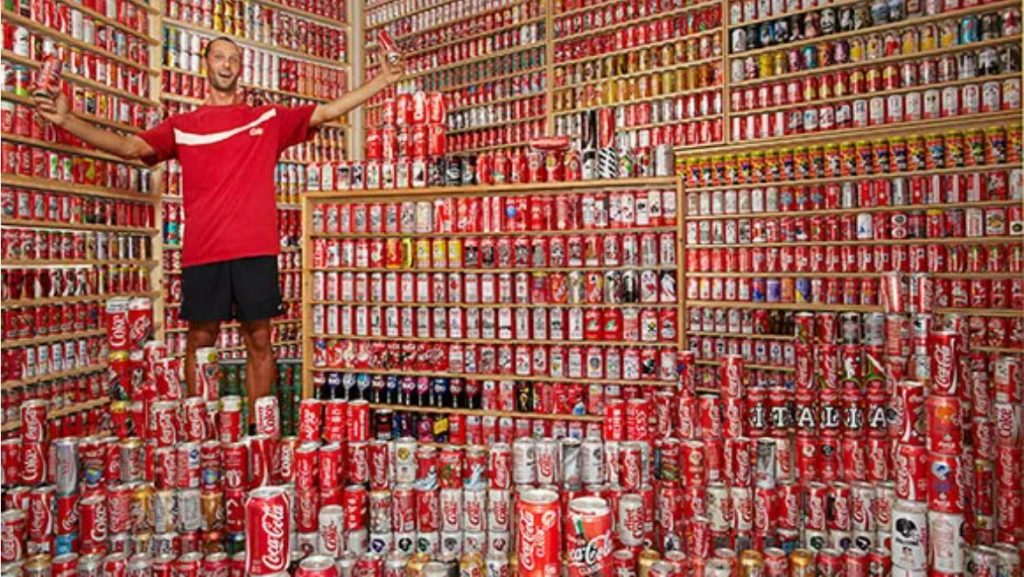The Rise of Functional Maximalism: Practicality Meets Creative Expression

A new movement is taking centre stage in a world saturated with minimalist aesthetics and subdued designs: Functional Maximalism. This design and lifestyle philosophy seamlessly blends the bold aesthetics of maximalism with practical utility, offering a refreshing alternative to the understated approach of recent years. From fashion to interiors, this trend emphasizes the value of combining beauty and functionality in creative and accessible ways.
Defining
Functional maximalism represents a balanced fusion of two seemingly contrasting concepts: maximalism’s visual abundance and functionality’s practical efficiency. Unlike traditional maximalism, which prioritizes an aesthetic overload, functional maximalism ensures that every design element serves a purpose. It’s a celebration of richness, colour, and creativity but with a foundation built on usability and logic.
This movement has found traction across fashion, interior design, and even technology, appealing to individuals who desire spaces, wardrobes, and tools that are as purposeful as they are visually stimulating.
Key Characteristics
- Bold and Layered Aesthetics
- Vibrant colours, intricate patterns, and layered textures create a sense of abundance. However, these elements remain cohesive and purposeful, avoiding visual chaos.
- Purposeful Design
- Every piece, whether furniture or clothing, is decorative and serves a distinct purpose. Think of multi-functional furniture or fashion items designed with practicality in mind.
- Modularity and Adaptability
- Functional maximalism thrives on pieces that are foldable, detachable, or multipurpose. A sofa can double as storage, or a coat can transform into a duvet.
- Celebration of Individuality
- Spaces and products reflect personal tastes, lifestyles, and needs. Functional maximalism is inherently customizable and encourages self-expression.
- Organized Abundance
- While maximalism often gets associated with clutter, functional maximalism ensures that spaces are structured and easy to navigate, creating a balance between aesthetics and order.
Functional Maximalism in Practice
1. Fashion
Functional maximalism has redefined the fashion landscape, moving beyond minimalist “quiet luxury.” It borrows heavily from multiple influences: urban life, outdoor aesthetics, and creative expression.
- Brands Leading the Charge:
- Scandinavian brands like Ganni, Malene Birger, and Acne Studios have championed this style with collections that merge utility with bold designs.
- Prada’s FW 24 Menswear Collection incorporated nature-inspired yet urban-ready pieces, like oversized jackets paired with versatile sandals.
- Examples in Wear: An oversized Barbour-like jacket worn over an organza dress or a tuxedo paired with sweatpants showcases the playful juxtaposition of formal and casual, luxurious and practical.

2. Interior Design
Functional maximalism in interiors emphasizes vibrant, layered spaces that are also highly functional.
- Examples in Design:
- A gallery wall that doubles as shelving for books and plants.
- Layered rugs, bold furniture pieces, and cosy throws all serve dual purposes for style and comfort.
- Brands like IKEA and West Elm incorporate modular furniture designs, combining bold aesthetics and utility.

3. Technology and Gadgets
In the tech world, functional maximalism finds expression in devices that are as visually appealing as they are versatile.
- Examples: A smartwatch with customizable, vibrant interfaces that doubles as a fitness tracker, communication tool, and entertainment device.
- Brand Example: Apple exemplifies functional maximalism in technology with its sleek, bold designs and multi-functional capabilities.

Why Functional Maximalism Resonates Today
Functional maximalism’smaximalism’s rise is deeply tied to cultural and social shifts. It reflects an appetite for individuality, creativity, and adaptability in a fast-paced, unpredictable world.
- A Rebellion Against Minimalism
- Minimalism dominated for years with its “less is more” philosophy, leaving many craving prosperous, more expressive designs. Functional maximalism fills this void by encouraging personal expression and creativity.
- Urban Influence
- While it nods to outdoor aesthetics, functional maximalism is deeply rooted in urban lifestyles. Accessories like equipment packs or phone lanyards draw from outdoor culture but are recontextualized for city living.
- Cultural and Digital Influences
- Platforms like TikTok and Instagram have fueled this trend, as users showcase bold, layered looks and creative spaces that reflect individuality. Resale platforms have also made eclectic, high-quality items accessible to broader audiences.
Functional Maximalism vs. Quiet Luxury
While “quiet luxury” aims for understated elegance, functional maximalism embraces boldness and honesty. It doesn’t shy away from colour, print, or drama. For example:
- A Todd Snyder collection that combines familiar pieces with fresh proportions and utility details.
- Raf Simons’ Prada designs, where leather sandals meet tailored suits, prioritize comfort and practicality without sacrificing style.

Quiet luxury can feel aloof and inauthentic, while functional maximalism is unmissable, direct, and optimistic.
The Commercial Appeal of Functional Maximalism
From a business perspective, functional maximalism is a strong proposition. Its appeal lies in its versatility and universal relatability:
- For Fashion: Bold, layered styles attract younger demographics seeking creativity and individuality.
- For Interiors: Multi-functional, modular furniture meets the needs of modern urban living.
By adopting this philosophy, retailers can cater to the growing desire for personalization, creativity, and utility.
Conclusion: A Bold Future
Functional maximalism is more than just a trend; it reflects evolving cultural and aesthetic values. Blending the boldness of maximalism with the practicality of functionality offers a framework for creativity, adaptability, and individuality.
Whether in fashion, interiors, or technology, functional maximalism champions an ethos where everything is purposeful and nothing is dull. As brands and consumers continue to embrace this philosophy, it’s clear that this era of organized abundance and unapologetic creativity is here to stay.
Reference
https://www.highsnobiety.com/p/the-age-of-functional-maximalism-ana-andjelic



